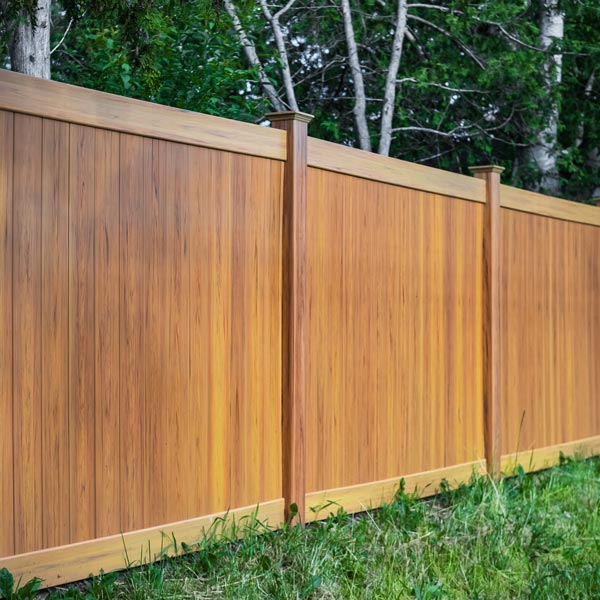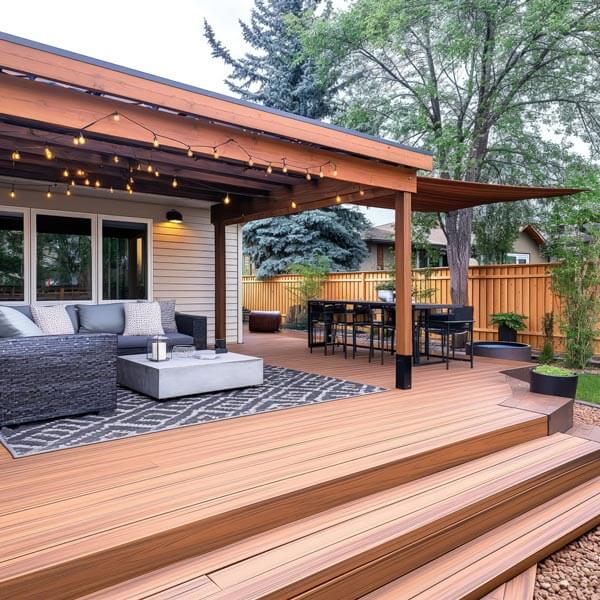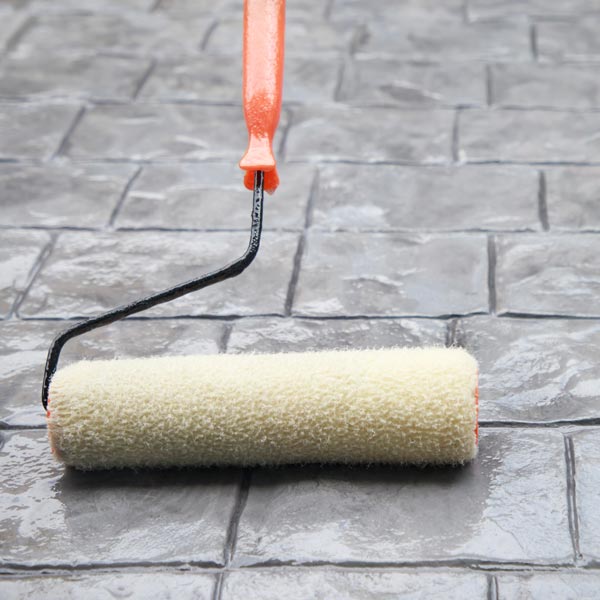Painting | Siding | Gutters
Professional Staining Services
Atlanta, GATop-Rated Deck Staining Near Atlanta, GA
Are you in Atlanta looking for “deck staining near me?” Look no further than Dixon Painting. Our expert team is dedicated to providing you with exceptional staining services that transform your deck into a stunning outdoor space. We’re well-known for our top-notch services, providing top-tier results to Marietta, Roswell, Milton, Dunwoody, Alpharetta, Johns Creek, and Kennesaw, GA. Whether your deck needs a refreshing coat of stain or your fence needs protection against the elements, we’re here to provide outstanding craftsmanship and customer satisfaction. Let our team enhance the beauty and function of your deck and create a welcoming outdoor space. Reach out today to learn more and to schedule your free estimate.
Contact Us
What Is Staining?
Staining is a process that enhances the natural beauty of wood, stone, or concrete surfaces while also extending their lifespan. The stain penetrates deep into these surfaces, protecting them from weathering, UV damage, and general wear and tear. Whether it’s staining a wood fence or deck, our comprehensive staining services will elevate the aesthetic appeal of your home while ensuring a long-lasting finish. Here is a look at the surfaces we stain, including:
Decks
We can bring a fresh, revitalized look to your worn-out deck with our top-notch staining services. Enhancing your deck’s natural beauty and extending its lifespan, our staining process protects against weathering and UV damage.
Wood Fences
Preserve the charm of your wooden fence with our professional staining services. We apply stains that enhance the wood’s natural grain and color and provide a barrier against weather damage and aging.
The Benefits of Staining & Sealing
When it comes to staining and sealing your fences, decks, pergolas, concrete, and more, there is a wide range of benefits. Not only does staining and sealing wooden fencing and decks make them look great, it ensures they will last longer as well.

Fences
Our fence staining services will keep your fence looking good while ensuring it lasts longer. This is particularly true for fences crafted from softwoods, like pine. Give us a call four to eight weeks after your new fence is installed, and we’ll professionally stain and seal it at an affordable rate.

Decks
If you want a beautiful, stained wooden deck added to your backyard or your old deck shows damage, our team can help. Our premier deck staining services will enhance your deck and bring it back to life, keeping it fresh for the years to come. Let us give your deck a brand-new look and feel according to your tastes and budget.

Pergolas
A pergola is an outdoor structure that consists of columns and a roofing grid. Pergolas can add beauty to your outdoor space while simultaneously acting as an escape from the elements. These architectural pieces provide shade, ventilation, light, and so much more. If you wish to maintain your outdoor pergola without worry about the climate or elements, staining and sealing are your best bets!

Concrete
Staining concrete is a great way to freshen up an otherwise dull surface. Once your concrete is stained, we recommend you seal it as well. Sealing stained concrete will enhance the color, look, and luster. Additionally, sealing concrete will protect it from damage and ensure that any needed maintenance is minimal and manageable.
Why Stain Your Wood Surfaces?
Choosing the right treatment for your deck or fence is crucial for its longevity and appearance. Among the several options available, staining stands out for its multiple benefits. Stains beautify your outdoor space and offer an efficient, long-lasting solution for protecting your wooden structures. Here are some reasons why it’s beneficial to stain your wood surfaces:
- Protects the Deck and Fence – Stains provide a protective layer that shields wood from harmful UV rays, moisture, and termite damage.
- Adds Beauty – Stains enhance the natural grain and texture of the wood, making your deck or fence more aesthetically appealing.
- More Beneficial Than Painting – Unlike paint, stains penetrate deep into the wood, offering better protection and less maintenance.
- Adds Years to Your Deck and Fence – Properly stained and sealed wood structures can last significantly longer, saving you money on replacements.
- Penetrates the Wood Grain – Stains penetrate the wood grain, enhancing its natural beauty and character.
- Keeps the Wood’s Color, Grain, and Texture Visible – Unlike paint, stains allow the natural characteristics of the wood to shine through.
Explore Our Staining Process
Over the years, we’ve perfected our staining process to ensure the best results. We thoroughly inspect the surface and identify areas needing quick repair or special attention. Once we’ve determined the condition of the surface, we start by removing any accumulated dirt, grime, or mildew. Depending on the surface, we may lightly sand it to ensure a smooth surface. Cleaning and prepping the surface is important as it ensures the stain adheres properly to the surface. Our team then applies the selected stain, which sinks deep into the surface, enhancing natural patterns and colors. After completely absorbing the stain, we apply a seal to protect against weather and wear. Our comprehensive staining process ensures a beautiful, rejuvenated finish and extends your outdoor surfaces’ lifespan.
Discover the Benefits of Staining
Staining provides various benefits, making it an excellent choice for maintaining and enhancing your outdoor wooden structures. Beyond enhancing the natural beauty of the wood, staining deeply penetrates the wood grain, creating a protective barrier against harsh weather conditions, ultraviolet radiation, and daily wear and tear. This protective layer greatly reduces the risk of common cracking, warping, and rotting issues, extending the lifespan of your deck, fence, and other wood structures. A well-maintained and aesthetically pleasing outdoor space can help boost your property value.
Atlanta, Georgia
Schedule Your Staining Today
Dixon Painting is the premier choice for all your staining needs in the Atlanta area. With years of experience, our expert team provides unrivaled results that exceed expectations. Whether you want to enhance the beauty of your wood surfaces or protect them from the weather, we offer top-quality staining services. Backed by a comprehensive five-year warranty, you can trust our work to stand the test of time. Don’t hesitate to reach out to discover the transformative power of our professional staining services.
Contact us today for a FREE consultation!
Contact Us

